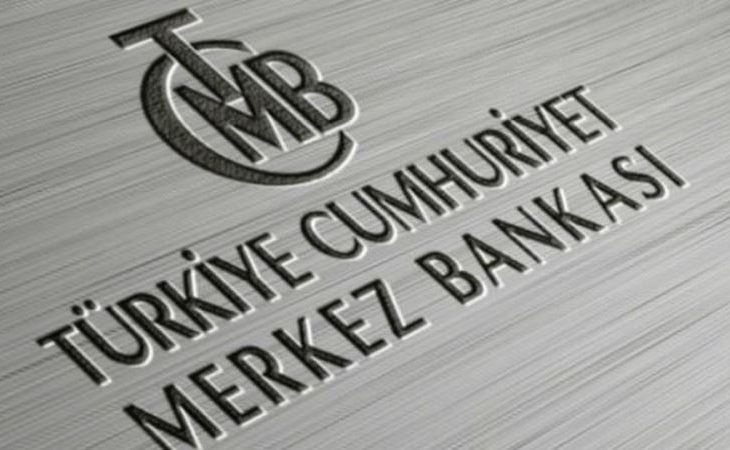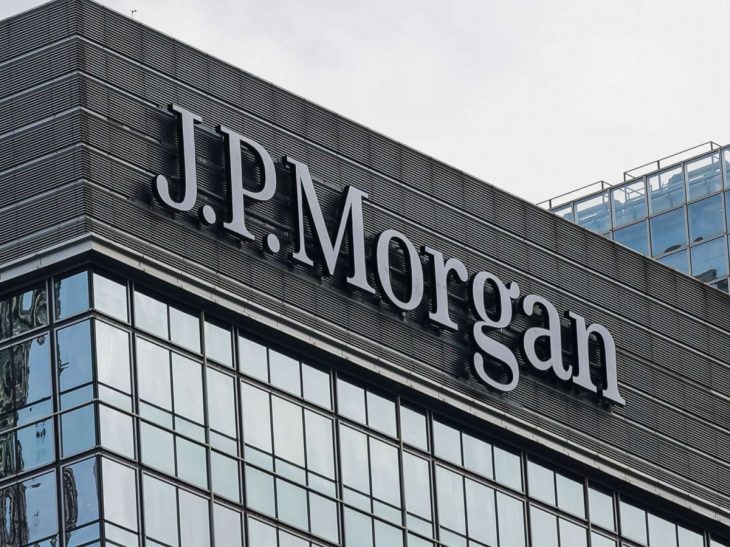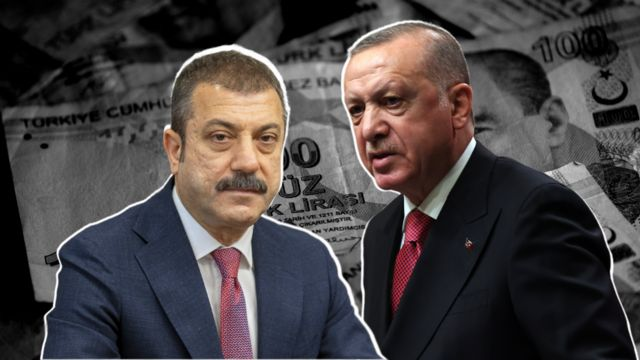Turkey’s policy rate kept at 19 percent; ambiguity prevails
 Merkez-Bankasi-Şahap-Kavcioğlu-1024×683
Merkez-Bankasi-Şahap-Kavcioğlu-1024×683
The Central Bank Monetary Policy Committee (MPC) left its policy rate (one-week repo) unchanged at 19% in line with expectations.
The rate decision statement does not introduce any new changes to the central bank’s outlook on inflation; hence the monetary policy conduct.
As for the inflation outlook, the MPC emphasizes the global economic recovery and the accompanying inflationary forces that are assumed to be temporary. It highlights commodity prices, supply constraints in some sectors and the rise in transportation costs.
As for the domestic market, the MPC acknowledges the strength of domestic demand; adding the domestic demand slightly weakened in 2Q21 as a result of the pandemic restrictions and the tightening in financial conditions while external demand remains strong.
The bank nevertheless mentions the impact of administered prices- i.e. recent electricity and natural gas price hikes- (15-12%, respectively) along with demand conditions, supply constraints. Instead of naming these as factors that will push inflation higher from the current 17.53%, MPC says these will create “volatility” on inflation during the summer months.
The wording “volatility” of course is chosen by the MPC, as Turkey’s President Erdogan has demanded rate cuts from the central bank and the Governor had pointed at September-October for the timing of such monetary easing betting on favorable base effect.
The central bank refers to the April Inflation Report where the end of 2021 CPI inflation expectation was spelled as 12.2% which is assumed to be the path of disinflation carving the way for rate cuts in 4Q21. The current market expectations of end of 2021 CPI inflation currently stands at 15-16%
“Taking into account the high levels of inflation and inflation expectations, the current tight monetary policy stance will be maintained decisively until the significant fall in the April Inflation Report’s forecast path is achieved.”
The MPC defines tight monetary policy as keeping the policy rate “at a level above inflation” which is vague and not credible. Whether the market survey for forward looking inflation expectations , or the actual current inflation, or the central bank’s end of year estimate for inflation is set as the benchmark is not made clear. Given the US CPI inflation trends and the Fed’s expected moves following the Jackson Hole meetings, Turkey’s central bank will not have room to cut rates this year. Yet, it does not give any clear messages to the market about whether it would be willing to hike further if risks on the inflation front keep materializing. The Governor, appointed to do as Erdogan says is now stuck between a rock and a hard place: he cannot cut the policy rate given the market conditions and he cannot hike it given he would lose his job. How the bank plans to play along these two contradicting forces is to be seen during the third Inflation Report of 2021, due on July 29th. Any revision upwards from the central bank’s end of year estimation on CPI inflation at 12.2% will show its declining appetite about delivering rate cuts in 4Q21. Keeping its bias towards easing in 4Q21 however will put TL defenseless once again given that Fed might be introducing its tapering decision at its Jackson Hole meetings.




